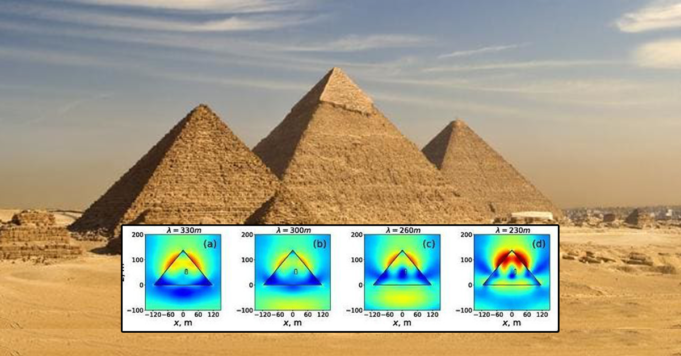While the Great Pyramid of Giza has stood tall for over 4000 years, scientists are still making huge discoveries about it until today.
Scientists from the Russian university ITMO revealed that the Great Pyramid of Giza, also known as the Cheops/Khufu Pyramid, can focus electromagnetic radiation into pockets of energy from within a hidden room at the pyramid’s base.
This discovery will be a key tool to help scientists design nanoparticles, which will be used to develop sensors and highly efficient solar cells.


Scientific supervisor and coordinator of the study, Dr. Andrey Evlyukhin, commented on the discovery stating: “The Egyptian pyramids have always attracted great attention. We as scientists were interested in them as well, so we decided to look at the Great Pyramid as a particle dissipating radio waves resonantly.”
Evlyukhin continued, “Due to the lack of information about the physical properties of the pyramid, we had to use some assumptions.
For example, we assumed that there are no unknown cavities inside, and the building material with the properties of an ordinary limestone is evenly distributed in and out of the pyramid.
With these assumptions made, we obtained interesting results that can find important practical applications.”
With that said, scientists believe the electromagnetic energy in the pyramid is just a coincidence and was not deliberately created by the pharaohs, since there is no evidence that the Ancient Egyptians knew anything about the science behind it.
This is not, however, the only discovery involving the pyramids this month. Earlier in July 2018, archaeologists discovered two residences near the Giza pyramids. It is thought that the residences, which date back more than 4,500 years, may have housed officials who oversaw food production for a paramilitary force at the time.


The pyramid stands at 139 meters high, was built by the pharaohs about 4500 years ago and is considered the oldest of the seven wonders of the ancient world.



















